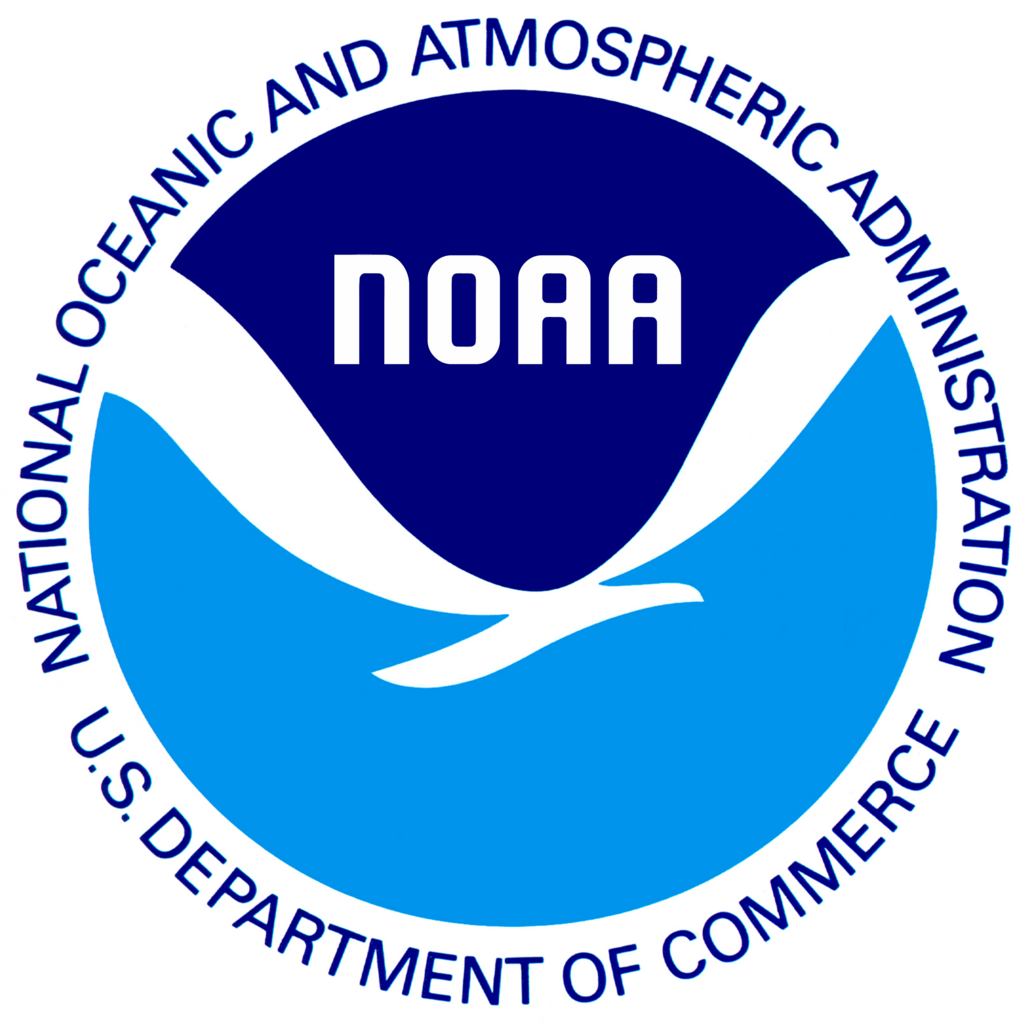FLOOD AWARE
Updated September 2024
Do You Know Your Flood Risk?
PlanRVA has developed a mapping application for use by the public to better understand local flood risk.
Visit PlanRVA's Flood Risk Mapper to determine your property's flood risk. To learn how to use the mapper first, check out the instructions here.

Overview

Flooding can happen to anyone, anywhere, at any time.
Flooding is the most common and costly natural disaster in Virginia. Changing weather patterns, new development, small streams, and limited drainage can turn a heavy rain into flash floods in minutes.
Whether you’re a homeowner, homebuyer, tenant, insurance provider, or floodplain manager, it’s important to know and anticipate your current and future flood risk status. PlanRVA's Flood Risk Mapper will assist in making informed decisions about your flood risk. This tool is designed to help you understand your flood risk and what your next steps should be based on your personalized results.
Twenty-two major disasters have been declared within the region since 1965, according to the Richmond-Crater Multi-Region Hazard Mitigation Plan (2022).
The events were from hurricanes, severe storms, snow and ice, drought, and floods. Flooding is often associated with hurricanes and severe storms.
Flooding can occur at any time of the year, especially during late winter, due to snowmelt and ice jam breakaway, early spring, due to seasonal rain patterns, and late summer, due to hurricanes and tropical systems.
Localized riverine flooding can occur in areas not adjacent to a major body of water. Other parts of the region experience tidal flooding during tropical storms and nor’easters. Flooding can occur along all waterways in the region and can cause damage to structures like:
-
Public and private infrastructure, like roads and bridges
-
Critical facilities, like police and fire stations
There are many people who live and work in the Richmond region who are more vulnerable to flooding than they think. The PlanRVA region experiences both riverine and tidal flooding as well as potential dam inundation. Learn more below.
Riverine Flooding
Riverine flooding is another way of saying a "river flood." In this type of flooding, a river’s water level rises and overruns the banks and has the potential to threaten the immediate area. Depending on where the river is located, the damage could range from flooded roads to residential basements.
Tidal Flooding
Tidal flooding usually occurs through the combination of winds, offshore storms, and high tide events during full and new moons. At-risk areas can experience this flooding multiple times a year.
Dams
Dam or levee failures can occur with little or no warning. There are twenty-three high-hazard dams classified in Virginia by the Department of Conservation and Recreation (DCR), with a hazard potential depending on the downstream losses estimated in the event of failure.
Based on the location you select on the map, PlanRVA's Flood Risk Mapper can help you assess your flood risk based on effective flood insurance rate maps (FIRMs) and other flood risk information, such as predicted storm surge areas. To learn more about these updates, visit FEMA’s Preliminary Map Products webpage, their comparison tool, or by talking to your local floodplain administrator.
- Recent FIRMs updates as of September 2024:
- Henrico (April 25, 2024) – Henrico’s new Flood Insurance Rate Maps draw new boundaries for flood insurance requirements. Henrico has been notifying impacted parcel owners if their home or building has been added to the map and therefore has new flood insurance requirements. Please visit Henrico’s Floodplain Management webpage for more information about the update. The county encourages residents to reach out with any flood insurance related inquiries, as well as check the FIRM map to see if their property is newly included in a flood zone.
- Charles City County (October 21, 2021)
- New Kent County (April 2022)
- Update in process as of September 2024:
- Richmond - The updated FIRM, originally projected for release in Summer 2024, is expected to be released soon, pending the resolution of the ongoing appeal process.
Determine Your Insurance Coverage
-
If you already have flood insurance, locate a copy of your policy in your files or obtain it from your insurance agent.
-
If you are not sure if you have flood insurance, contact your insurance agent to inquire. Most homeowners insurance does not cover flood damage; your flood insurance is separate from your homeowner's insurance.
Reduce Your Risk
-
Buy flood insurance for your home, property, or business. Even if you are not located in a moderate or high-risk flood zone (known as a Special Flood Hazard Area, or SFHA), remember that flooding can happen anywhere it rains.
-
Reduce your risk from flooding by buying or building outside of the SFHA or consider making changes to your home or property to protect it against future floods.
-
Some mortgage providers may also require flood insurance if the floodplain is on your property and does not touch your building, house, or structure.
-
Flood insurance is also available for renters and covers the contents of your rented home, apartment, or business.
What is a Flood Insurance Rate Map (FIRM)?
The FEMA Flood Insurance Rate Map (FIRM) is the official map showing Special Flood Hazard Areas (SFHA). FIRMs are used to assess flood risk based on compliance with the minimum requirements for flood management under the NFIP and to determine if flood insurance is required for structure(s) on a property.

Understand the National Flood Insurance Program (NFIP)
The National Flood Insurance Program (NFIP) was established in 1968 and is managed by FEMA. It was created to provide federally backed insurance to communities participating in the NFIP to help reduce the socio-economic impact of floods.
Communities participate in the NFIP by agreeing to adopt and implement local floodplain management regulations to protect lives and reduce the risk of future flooding. If a community does not participate in the NFIP, there may be implications for disaster assistance to the community and to its citizens. Learn more about participation in the NFIP on FEMA's website.
There are two ways to get flood insurance: the NFIP and through private flood insurance companies. Although the NFIP is the main insurance provider in the United States, private flood insurance policies are becoming popular. The main difference between the two is that NFIP insurance is written and backed by the federal government. It is best to research both the NFIP and private flood insurance policies to understand and choose which option is best for you.
Communities in the Richmond region joined the National Flood Insurance Program (NFIP) between the 1970s and 1990s. 291 of Virginia’s 323 communities participate in the NFIP. Flood insurance is an additional policy for owners, renters, and businesses that can cover buildings and/or contents to help the community recover faster after a flood.
As of 2021, there were 3,438 flood insurance policies in force in the region. With just over 1,400 claims filed, the NFIP has paid out $19 million since 1978 around the region.
The NFIP partners with over 50 companies and thousands of independent agents. To purchase flood insurance, call your insurance company or agent who sells your home and auto insurance. If you need help finding a provider, go here, or call the NFIP at 877-336-2627.
Effective January 1, 2022, a new flood disclosure requirement of Virginia Code Section 55.1-708.2, requires that an owner of residential real property who knows that the dwelling unit is a repetitive risk loss structure must disclose such fact to the purchaser. A “repetitive risk loss structure” is defined as a property for which two or more claims of more than $1,000 were paid by the NFIP within any rolling 10-year period since 1978. The law further requires that the owner of a property subject to the disclosure requirement must provide notification to the purchaser of any disclosure before the ratification of a contract.
Equity in Action
President Biden signed Executive Order 13985, Advancing Racial Equity and Support for Underserved Communities Through the Federal Government on his first day in office. This Executive Order directed the federal government to advance an equity and racial justice agenda. FEMA is now committed to closing the flood insurance gap to increase the financial resilience of flood-prone, low-income households.
FEMA’s Community Rating System (CRS) discounts have been saving Virginians $7 million annually on flood insurance policies. The CRS program is a voluntary incentive program that recognizes and encourages community floodplain management practices that exceed the minimum requirements of the NFIP. It provides flood insurance premium reductions in five-percent increments following a comprehensive floodplain management program review by the federal government (FEMA). Communities are designated a class based on the points earned and awarded under 19 creditable activities.
If you have questions about your community’s CRS participation or want your community to join CRS, contact your local CRS coordinator or local floodplain administrator.
Richmond Region CRS Participants
The following areas within the region have joined the CRS program with annual flood insurance premium reductions:
The City of Richmond: Class 8
- 10% reduction
The Town of Ashland: Class 8
-
5% reduction
Henrico County: Class 5
-
Joined CRS in 2024, coverage will begin October 1, 2024.
- 25% reduction on annual premium
Risk Rating 2.0 allows FEMA to calculate premiums more equitably across all policyholders based on the value of their home and individual property's flood risk. With access to the latest industry technology and NFIP mapping data, policyholders will be able to better understand how their flood risk is reflected in the cost of their insurance.
Without action, existing inequities would continue — widening the gap between rate payments and claims payouts and making it harder to meet the needs of customers.
Risk Rating 2.0 was rolled out in phases:
- Phase I: As of Oct. 1, 2021, new policies were subject to NFIP’s pricing approach.
- Phase II: All remaining policies renewing on or after April 1, 2022, were subject to the new pricing approach.
- Phase III: As of April 1, 2023, all policies are effective.
FEMA will limit any annual premium increases to no more than 18% per year. Premium discounts are offered for eligible policyholders, such as pre-FIRM subsidized and new mapped properties, and policyholders in communities who participate in the Community Rating System (CRS). Discounts can be transferred during property ownership changes.
For further description of features and more information regarding the update NFIP's risk rating methodology, click here.
Click below to learn more about how you can prepare before, during, and after a flood event.

- Sign up for your community’s warning system. The Emergency Alert System (EAS) and National Oceanic and Atmospheric Administration (NOAA) Weather Radio also provide emergency alerts.
- Gather supplies in case you must leave immediately or if services are cut off. Obtain extra batteries and charging devices for phones and other critical equipment. Keep important documents in a secure, waterproof deposit box. Create password-protected digital copies.
- Save money in an emergency savings account and keep a small amount of cash in a safe place at home.
- Review existing health, life, and property insurance policies to make sure the amount and extent of coverage are sufficient for all possible hazards
- Obtain flood insurance. There is typically a 30-day waiting period when you obtain coverage through the NFIP.

- Depending on where you are, the severity of flooding, and the warning time, go to a safe location. Evacuate if told to do so. Move to higher ground if possible or stay where you are if you cannot. Never attempt to drive through flood waters.
- Do not walk, swim, or drive through flood waters.
- If told to evacuate, do so immediately. Never drive around barricades. Local responders use them to safely direct traffic out of flooded areas.
- Listen to EAS, NOAA Weather Radio, or local alerting systems for current emergency information and instructions.

-
Avoid driving, except in emergencies.
-
Avoid wading in floodwater, which can contain dangerous debris and be contaminated.
-
Use a generator or other gasoline-powered machinery ONLY outdoors and away from windows
-
Listen to authorities for information and instructions.
If you are interested in learning more about the region’s natural hazards, in addition to flooding, and how the localities can reduce the impact of these threats, visit the Richmond-Crater Multi-Region Hazard Mitigation Plan.
These projects successfully show how important it is to incorporate mitigation actions into the local community:
-
Chesterfield County
-
Acquired four repetitive loss properties along Beach and Old Beach Road in the central part of the county. Acquisition of these properties reduced future vulnerability as they are no longer private residences at risk. FEMA Hazard Mitigation Assistance Grant program funds were used for this project.
-
-
Hanover County
-
Completed minor, localized drainage improvement projects using the FEMA Hazard Mitigation Assistance Grant program.
-
-
City of Richmond
-
Added several stream monitoring gaging stations, where regular observations of streamflow data are collected, to augment its flood warning system. These are tied to the Commonwealth’s Flood Observation and Warning Network (IFLOW) system and FEMA Hazard Mitigation Assistance disaster grant funds were used.
-
Community members can participate in individual mitigation projects through FEMA’s Hazard Mitigation Assistance grant programs such as:
- Acquisition and Structure Demolition
-
-
The community buys the flood-prone property from the owner and demolishes any structure on the property for conversion to open land.
-
-
Elevation
-
The home is physically raised in accordance with Base Flood Elevation (BFE) plus freeboard or higher to avoid future flooding.
-
If you are interested in learning more about individual mitigation projects, reach out to the Virginia Department of Emergency Management (VDEM) Hazard Mitigation Branch.
- Flood Insurance Resources
-
Protecting Your Home and Property Against Floods
- Changing Flood Zone Designation
-
Letters of Map Amendment (LOMAs) and Letters of Map Revision (LOMR) enable property owners to request changes or updates to their property’s flood risk status to FEMA. Learn more about how to request a change to your flood zone designation at FEMA’s website.
-

This project, Task # 48 was funded by the Virginia Coastal Zone Management Program led by the Virginia Department of Environmental Quality through Grant FY20 # NA20NOS4190207 of the US Department of Commerce, National Oceanic, and Atmospheric Administration, under the Coastal Zone Management Act of 1972, as amended. The views expressed herein are those of the authors and do not necessarily reflect the views of the US Department of Commerce, NOAA, or any of its subagencies.





